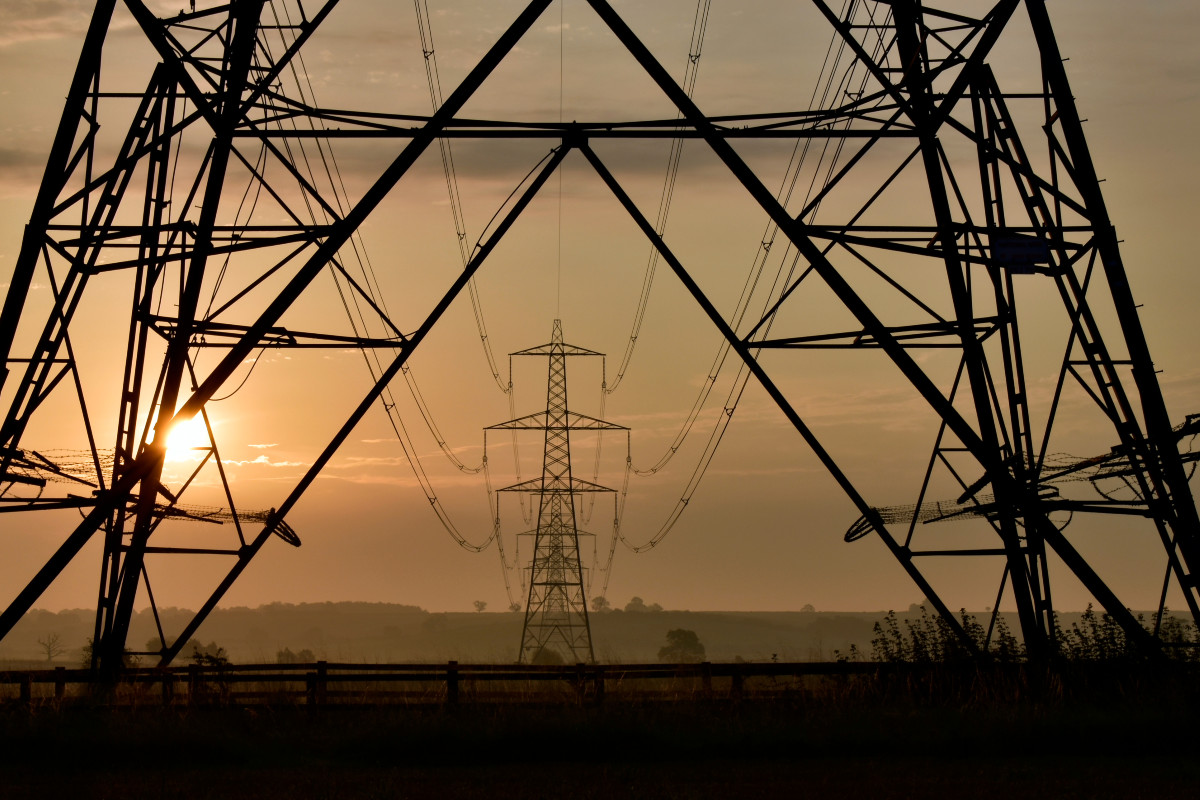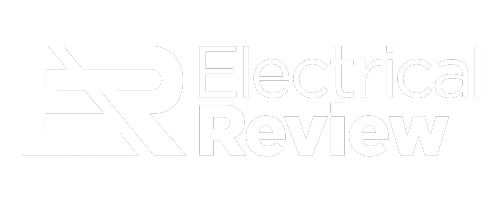Ofgem has provisionally approved a £24.2 billion spending package that it says will both safeguard the nation’s gas networks and launch the biggest upgrade of the high-voltage electricity grid since the 1960s.
The draft RIIO-3 settlement covers the five years from 2026/27 to 2030/31 and marks the first slice of an estimated £80 billion programme designed to hard-wire home-grown renewable power into the system and reduce exposure to volatile international gas markets.
Where the £24 billion will be spent
The lion’s share of the new investment has been earmarked for maintaining and operating gas transmission and distribution networks, which will receive £15 billion from the pot. That leaves £10.2 billion for the electricity network, although £1.3 billion of that cash is ring fenced in a ‘use it or lose it allowance.
Despite receiving a smaller slice of the investment cash, the electricity grid is facing some major upgrades thanks to the funding – including new overhead lines, substations, offshore links, as well as all the associated work that together is expected to double the amount of grid infrastructure installed over the past decade. In fact, there’s an estimated 80 electricity transmission projects across the UK that will gain funding from the RIIO-3 settlement.
Those projects are all expected to be completed by 2030, which will see:
- 4,400 km of existing overhead lines upgraded and 3,500 km of new circuits installed
- Up to 126 GW of clean generation connected to the grid, enough to power millions of homes
- Constraint payments to wind farms cut three-fold and unabated gas use shrink to around 5%
New investment will lead to an increase in energy bills
While the new investment will kickstart the biggest upgrade to the electricity grid in decades, network charges are forecast to rise by £104 a year by 2031 – £30 for gas and £74 for electricity. That comes at a time when people are still struggling with the cost of living crisis, although Ofgem argues that bills will rise even more if the investment in the grid doesn’t go ahead.
Jonathan Brearley, Ofgem’s Chief Executive, commented, “Britain’s reliance on imported gas has left us at the mercy of volatile international gas prices which during the energy crisis would have caused bills to rise as high as £4000 for an average household without government support. Even today the price cap can move up or down by hundreds of pounds with little we can do about it.
“This record investment will deliver a homegrown energy system that is better for Britain and better for customers. It will ensure the system has greater resilience against shocks from volatile gas prices we don’t control.
“These 80 projects are a long-term insurance policy against threats to Britain’s energy security and the instability of prices. By bringing online dozens of homegrown, renewable generation sites and modernising our energy system to the one we will need in the future we can boost growth and give ourselves more control over prices too.
“Doing nothing is not an option and will cost consumers more – this is critical national infrastructure. The sooner we build the network we need, and invest to strengthen our resilience, the lower the cost for bill payers will be in the future.
“However, this can’t be done at any price, which is why we have built in cost controls and negotiated a fair deal for both investors and consumers. And we won’t hesitate to intervene if network companies don’t deliver on time and on budget.”
While the bills will increase for now, once reduced constraint costs and a lower dependence on expensive gas generation are factored in, Ofgem expects the net impact on bills to fall to around £24 a year, or less than 40p a week.
When will the funding be confirmed?
The draft determinations are open to consultation until the end of the year, with final decisions due by the end of 2025.

